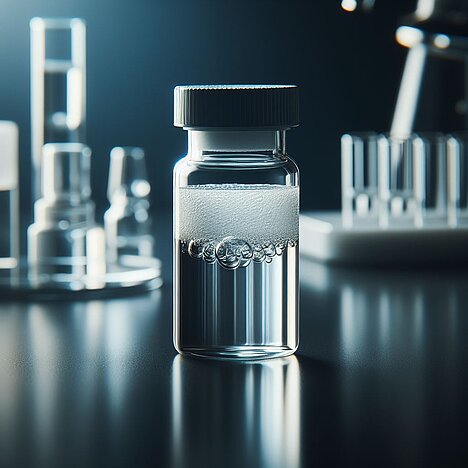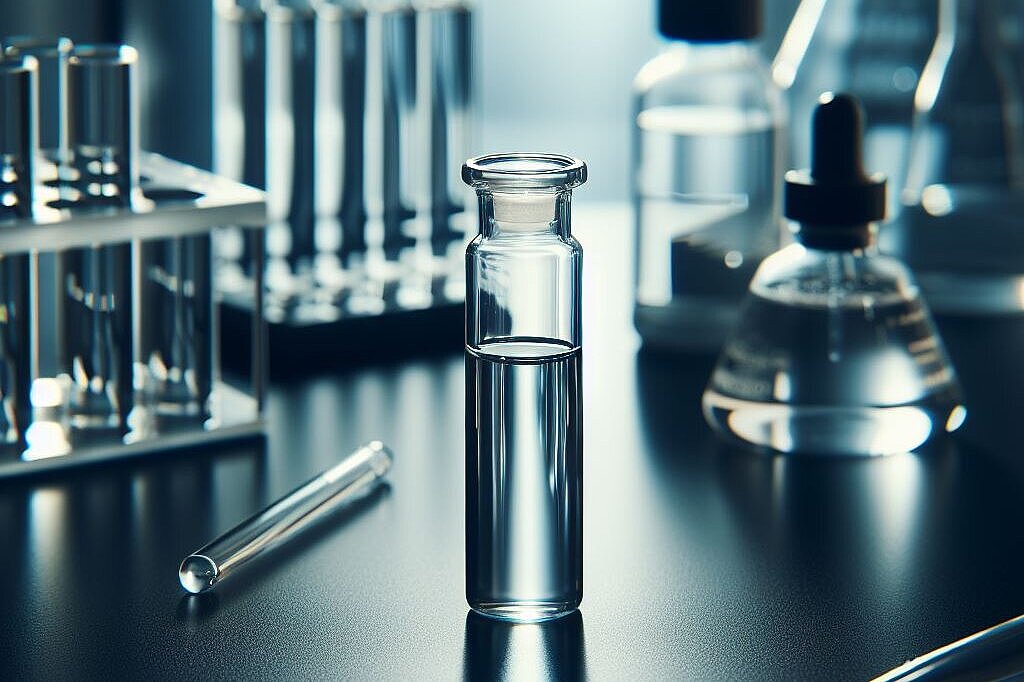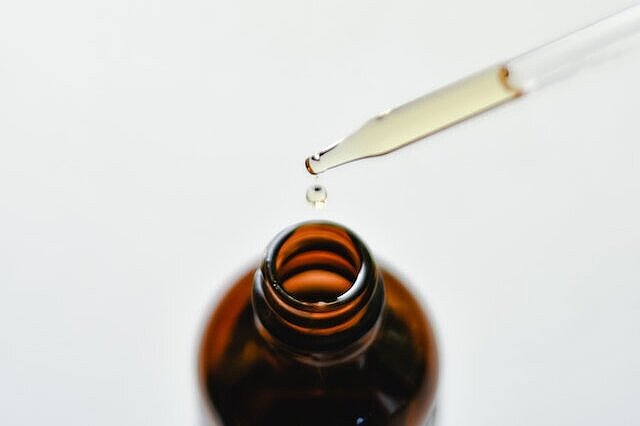1-propanol

What is 1-propanol?
1-Propanol is an organic compound with the chemical formula CH3CH2CH2OH. It belongs to the alcohols and has a characteristic odor. It is a colorless liquid that is highly flammable and soluble in water. 1-Propanol is obtained industrially from crude oil or natural gas and is used for various purposes, for example as a solvent, disinfectant, antifreeze or fuel additive.
How does 1-propanol affect dogs?
1-Propanol can be very dangerous for dogs if they accidentally ingest or inhale it. It can lead to severe symptoms of poisoning, which can vary depending on the dose and route of ingestion. The most common symptoms are
- vomiting
- diarrhea
- shortness of breath
- tremors
- cramps
- Loss of consciousness
- Cardiac arrhythmia
- kidney failure
- death
The effect of 1-propanol is based on its ability to impair the central nervous system and reduce the oxygen supply to the cells. It is also converted to acetone in the liver, which is also toxic.
What are the advantages and disadvantages of 1-propanol?
1-Propanol has some advantages as a chemical, but these are not relevant for dogs. For example, it is a cheap and effective solvent that is used in many areas. It also has antibacterial properties that make it a suitable disinfectant.
However, the disadvantages of 1-propanol clearly outweigh the advantages, especially for dogs. It is a very toxic substance that can be fatal even in small quantities. It can also be easily ignited and cause fires or explosions. It is also harmful to the environment and can contaminate groundwater or soil.
How can I protect my dog from 1-propanol?
The best way to protect your dog from 1-propanol is to keep him away from all sources that may contain this substance. These include, for example:
- Cleaning agents or disinfectants
- Antifreeze or windshield wiper fluid
- paints or varnishes
- Cosmetics or care products
- Alcoholic drinks
You should always close these products securely and keep them out of your dog's reach. If you use them, you should make sure that your dog does not come into contact with them or lick them. If you suspect that your dog has ingested 1-propanol, you should see a vet immediately and show them the packet or label of the product.
1-Propanol is a dangerous ingredient for dogs that is found in many products and can lead to severe poisoning. You should always keep your dog away from these products and act quickly in an emergency. This way you can protect your dog from the harmful effects of 1-propanol.
Properties 6
Are you looking for other ingredients with a specific property?
Just click on them to find more.
If you notice any signs of hypersensitivity or poisoning in your dog, you should see your vet immediately. We are not a substitute for a vet, but we try to be as accurate as possible. Every dog reacts differently and we recommend you get a second opinion or consult your vet if in doubt.
Stay healthy and take good care of your four-legged friend!😊
Similar to 1-propanol
2-Propanol is a colorless, highly flammable liquid with a pungent odor. It is an alcohol and has the chemical formula C3H8O. It can be produced from petroleum or propene. 2-Propanol has many...
Ethanol can enter the dog's body in various ways. The most common route is oral ingestion, e.g. when the dog consumes alcohol-containing drinks, food or medication. Ethanol can also enter the dog's...
Chemical basics and use Methanol, also known as methyl alcohol, is a colorless liquid that is notable for its high volatility and characteristic odor. Chemically speaking, methanol is the simplest...
Butanols are organic compounds that have a hydroxyl group (-OH) attached to a carbon atom. They are alcohols, which play an important role in organic chemistry. Alcohols can be produced by various...



